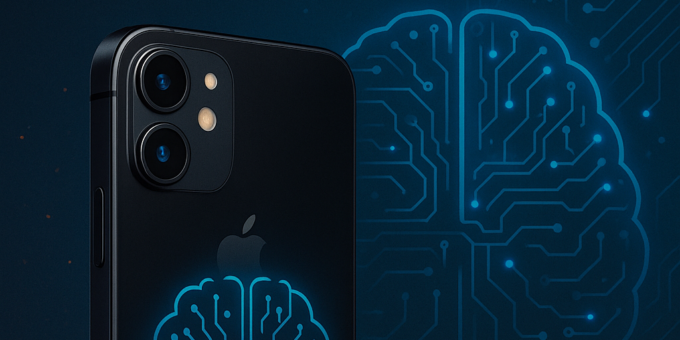
Artificial Intelligence, or AI, is no longer a futuristic buzzword—it’s a functional force in our everyday devices. And if you’re using an iPhone, you’ve already been engaging with AI, even if you didn’t realize it. From voice recognition to photo enhancements and privacy features, Apple has woven AI deeply into the iPhone experience, subtly transforming how we communicate, work, and play.
Apple’s AI journey began with simple machine learning applications like Siri, but it’s now evolved into complex neural networks and on-device intelligence that reshape how we use our phones. This transformation is redefining user interaction—making devices not just smart, but contextually intelligent.
Let’s dive into how the rise of AI in Apple iPhones impacts everyday users like you.
Why Apple Embraced AI
Apple’s focus on user experience drives every innovation. While competitors like Google and Samsung were already integrating AI in aggressive ways, Apple took a more measured, privacy-focused route. By designing AI to work seamlessly within its closed ecosystem, Apple ensured tighter integration with hardware and software, preserving performance and user privacy.
Moreover, consumer expectations around personalization, efficiency, and security made AI not a luxury but a necessity. Whether it’s using Face ID in milliseconds or getting personalized app suggestions, AI’s presence became the silent hero behind the curtain.
Apple Intelligence vs Other AI Systems
What makes Apple’s approach to AI unique? Unlike cloud-heavy solutions from others, Apple emphasizes on-device AI. That means most of the data processing—be it Siri’s responses, facial recognition, or smart typing—happens on the iPhone itself. This approach delivers faster response times and maintains user data privacy, avoiding unnecessary cloud transfers.
While Google focuses on expansive data collection, Apple zeroes in on local intelligence. It’s a fundamental difference that reshapes how AI feels in the hand of the user.
The Neural Engine: Core to iPhone AI
Every iPhone since the iPhone X series comes equipped with a “Neural Engine,” a part of the A-series chips specifically designed to handle AI tasks. It executes trillions of operations per second, enabling real-time decision-making. This technology powers everything from Face ID to intelligent photo adjustments, all without draining your battery or compromising performance.
In everyday use, this means your phone can adapt quickly—whether identifying objects in your photos or suggesting a calendar event based on a message.
FAQs
What does AI do in Apple iPhones?
AI enhances features like Siri, facial recognition, camera improvements, privacy settings, and predictive text, offering a smarter and more intuitive user experience.
How does AI affect iPhone battery life?
Apple’s AI optimizes power usage by learning your habits and managing background processes more efficiently, thereby extending battery life.
Can AI in iPhones work offline?
Yes, most of Apple’s AI processes happen on-device, allowing many AI features to function without an internet connection.
Is Apple using AI for privacy or surveillance?
Apple emphasizes privacy. AI operations primarily run on-device, meaning your data doesn’t have to be sent to the cloud, which limits exposure.
Will my older iPhone support AI features?
Basic AI features like Siri and autocorrect work on older models, but advanced AI like on-device neural processing needs newer models with the Neural Engine.
Is AI safe for children using iPhones?
Apple includes robust parental controls and AI monitoring tools, allowing parents to restrict content, limit screen time, and monitor usage.
You Can Also Read : Tech Showdown: Android vs. Apple – Which Smartphone Wins?
The rise of AI in Apple iPhones isn’t just about convenience—it’s about crafting a more intuitive, secure, and personalized digital experience. With each software update and hardware innovation, Apple continues to bring AI closer to users in a seamless, almost invisible way. For the everyday user, this means more power in your pocket, without the complexity.
If you’ve never explored these features, now’s the perfect time. AI is no longer a distant promise; it’s a present reality—right at your fingertips.
